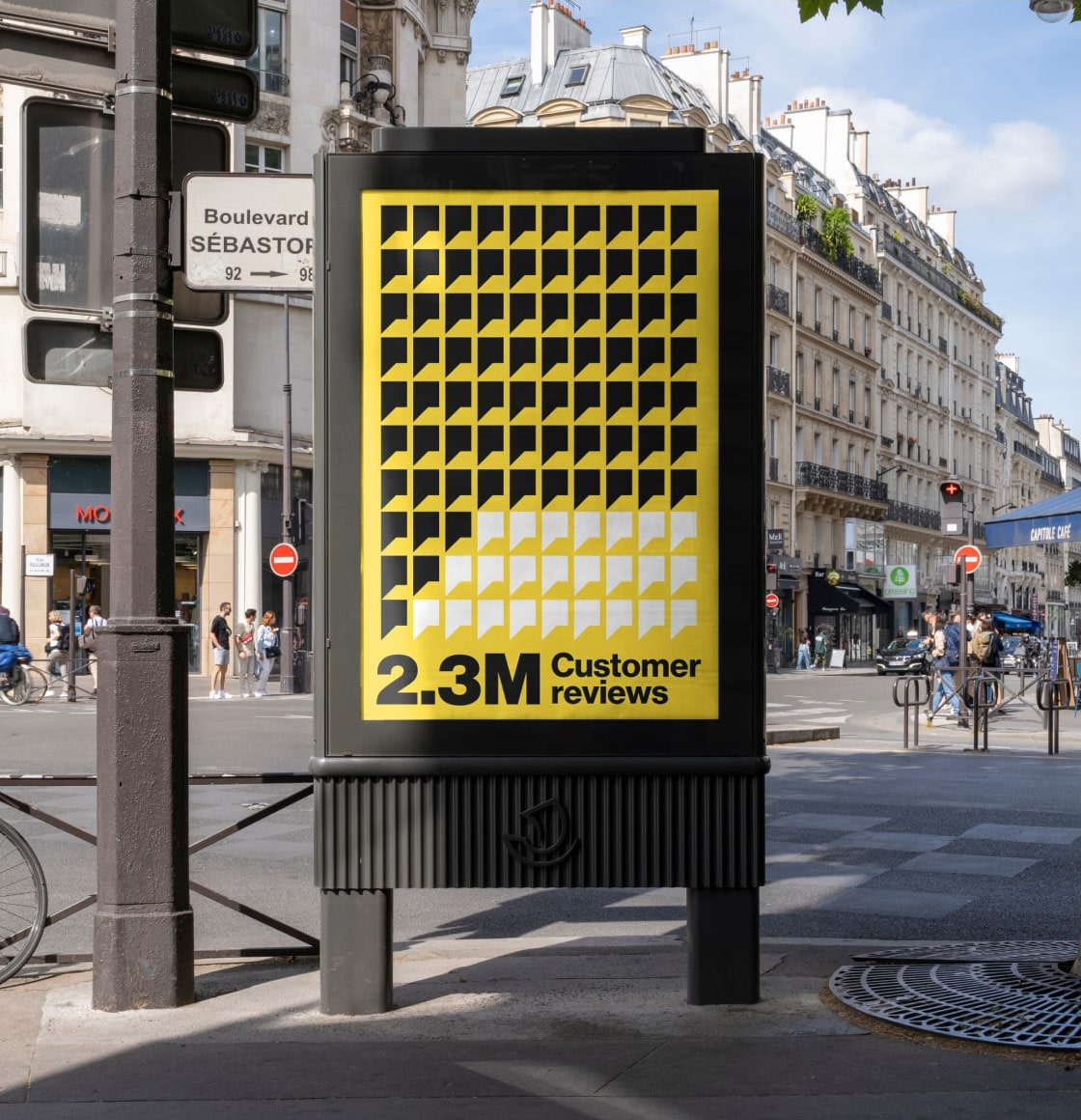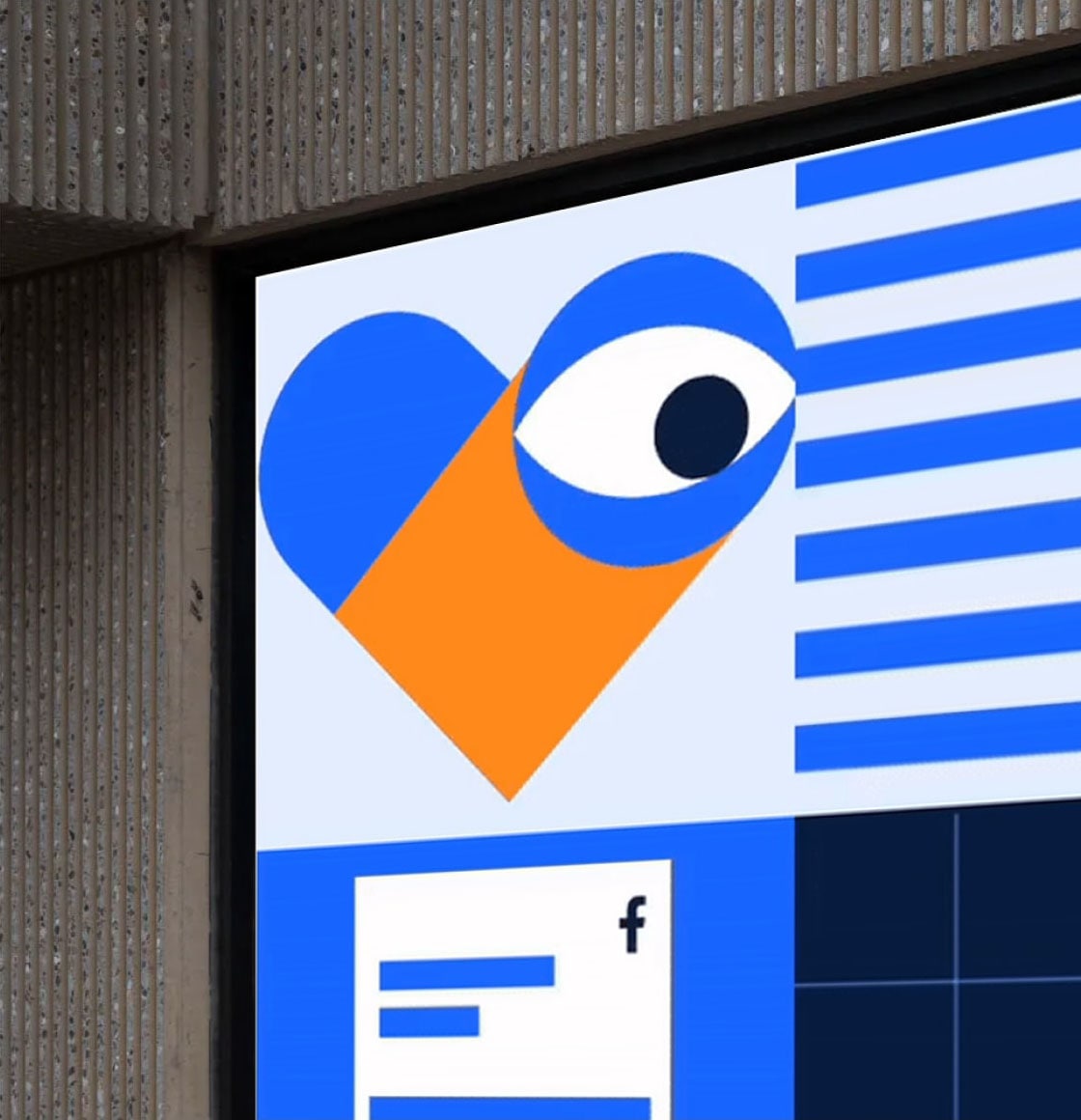AppsFlyer Brand Reposition Implementation - Building While Shipping
When AppsFlyer set out to reimagine its brand, the company’s goal was to redefine how it communicates across every touchpoint.
Our role at Kido was to translate that renewed brand into the digital space - bringing it to life through the company’s marketing website and building the design system that would sustain it at scale.
But this time, the challenge was unlike any other: the brand was still being created by AppsFlyer while the website and design system implementation had already begun.
All engines are on
Brand, design system, and development - started running in parallel. Every new brand decision finalized by AppsFlyer’s team was immediately cascaded into the design system, and from there, into live development.
This was a new kind of collaboration - one that proved that speed and structure don’t compete; they reinforce each other.
The Mission: Infrastructure, Not Just Interface
The mission was to bring the new AppsFlyer brand to life on their marketing site - not as a one-off redesign, but as a system that could grow, evolve, and scale. To achieve that, we established a multi-disciplinary team of designers, developers, and marketing experts working together. The guiding principle was to treat every design decision as infrastructure - not just visuals.
Our teams worked hand-in-hand to translate brand strategy into tangible design language:
- Defining the new and redesigned pages architecture UX and content hierarchy
- Establishing a shared visual vocabulary through grids, spacing and colors - All, of course, systemized and tokenized in Figma
- Creating reusable components and page sections that would serve both current and future marketing needs


Process as Proof
Instead of treating the design system as an afterthought, we used it as the foundation of the entire rebrand rollout.
Every finalized design decision - from typography and color tokens to interactive elements and page templates - went straight into the design system inside Figma. That system then became the bridge between design and development, allowing us to:
- Move approved visual patterns directly into coded components
- Ensure brand consistency across 1,000+ pages
- Minimize back-and-forth and accelerate delivery
- Keep design and engineering fully aligned as the brand evolved
By the end of the process, we had proven that a Design System for a marketing website can be not only a design framework - but an operational engine that powers brand transformation in real time.
Shipping While Building
The heart of this project was the methodology itself: we didn’t wait for the brand to be complete before starting.
While AppsFlyer’s internal teams were still refining brand principles, our designers and developers were already applying them - component by component, page by page. Every new decision was validated in production and immediately scaled through the system.
How it worked:
- Brand exploration and visual definition by AppsFlyer’s teams ran in parallel to Kido’s web implementation efforts
- Each approved decision was integrated into the design system
- Figma libraries served as the single synchronization layer between design and dev
- Development continuously shipped new pages using the latest to
The process allowed us to maintain both agility and alignment, reducing redundant work while creating a more stable, scalable product. Over time, the system began to accelerate itself: fewer new components were needed, while existing ones evolved seamlessly through the system
The Result
After months of continuous collaboration, AppsFlyer’s new marketing site went live - stronger, faster, and fully systemized. It doesn’t just look different - it works differently. It’s scalable by design.
Results at a glance:
24
Redesigned core pages
165+
Design System components
1000+
Supported pages updated to reflect the new brand
270+
UI screens designed and implemented
What Stays After the Launch?
A symphony of efficiency, not a waste of motion
The Founder, FilmNation Entertainment, 2016
Most brand reposition processes struggle because they rely on static guidelines and slow handoffs. This project proved another path - one where methodology becomes a competitive advantage.
AppsFlyer didn’t pause their brand’s repositioning;
they evolved while in motion
By running branding, design system, and development simultaneously, they created an infrastructure built for scale.
At Kido, we believe that modern brands are no longer made of pages and pixels - they’re made of systems and decisions.
And when all engines are on, brand growth becomes unstoppable.
Next Case Studies

Amdocs
One Library to Rule Them All

Peerspot
The Buying Intelligence Platform
